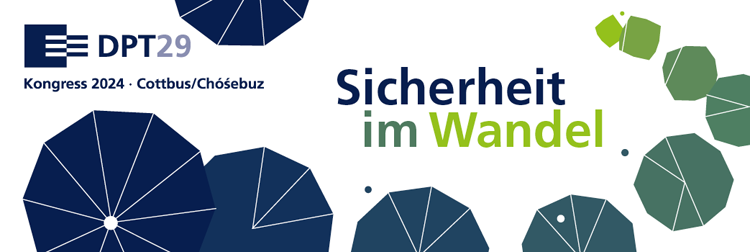Predictive policing: The pitfalls of crime forecasting
More news about the topic
Knowing where a crime is going to be committed before it happens is the dream of police departments all over the world, and data scientists and artificial intelligence experts want to make it a reality. Many law enforcement agencies, especially in the US where gun violence is rampant, have been using pattern-detecting information systems to predict crime hotspots.
A research team from the University of Chicago (Illinois, USA) led by Professor Victor Rotaru has developed a model capable of predicting likely crime areas up to a week in advance. The tool has a 90% accuracy rate, which makes it one of the most successful examples of the predictive policing systems operated by companies such as PredPol, Azavea and KeyStats in big cities like Los Angeles and New York.
But these algorithmic systems have not solved the thorny problem of how to avoid the widely recognized bias against Black and Latino neighbourhoods. A 2021 study concluded that it is impossible for predictive policing systems to offset their intrinsic biases, which is one reason why the European Parliament called for a ban on these tools in the European Union.
www.praeventionstag.de

